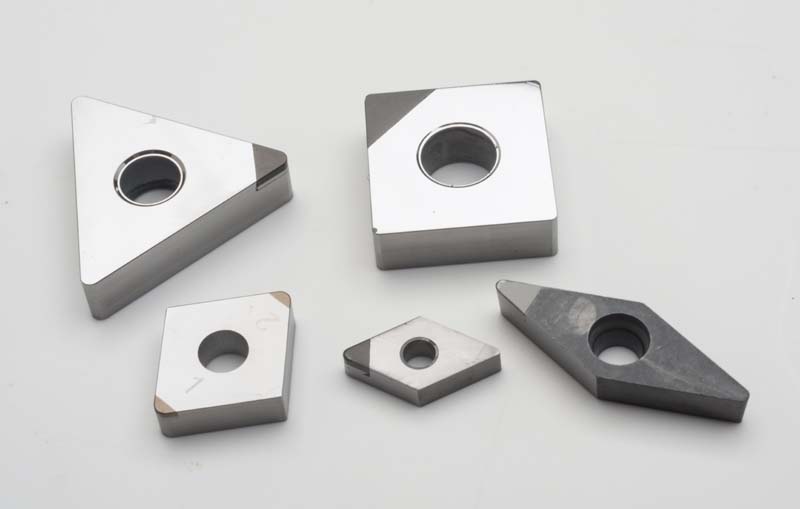How To Choose The Right Carbide Turning Insert

The most important factor to a successful Machining is to select the appropriate carbide tool insert. Failing to choose the right insert could lead to poor results, and even damage to the workpiece or machine tool.
Carbide turning tools come in a range of shapes, sizes and grades to suit your particular machining requirements. But, knowing which insert for your project isn't easy.
Grade
To ensure that the material is machined accurately using, the correct carbide turning insert will be vital. If you choose the wrong one, it could result in injury to the tool, machine, or workpiece.
Carbide inserts come in various sizes and grades. It is easy to pick the best one for your needs. It is important to remember that not all inserts are made in the same way.
Inserts for heat-resistant superalloys (HRSA) are a great option to aid a tooling shop cut aerospace components. Tools coated with a certain coating could be advantageous for medical shops that work with biocompatible, corrosion-resistant substances such as titanium and stainless steel 316.
Geometry
It is crucial that the carbide turning insert is designed with the proper shape and geometry for it to function correctly. It influences the shape of chipbreakers and cutting speed, chip load, surface finish and vibration.
To select the best turning inserts you need to know how it functions on your lathe, and the kind of material you're turning. It is also crucial to know what chipbreaker shape is ideal for your specific application.
Many manufacturers will provide various geometries and grades of inserts to meet the requirements of a variety of industries. This can create a challenge for users.
Nose Angle
The angle of the nose (entry or lead) of a pcd inserts is important due to its connection to the machining process and can affect the surface finish, chip breaking, insert strength and more. It also has a significant effect on cutting forces.
High nose angles provide excellent insert strength and are fairly strong but they need more power and may create vibrations when cutting. A low nose angle, on the other hand is weaker, but creates smaller engagements with cutting edges. This results in lower vibrations , and also more sensitive to heat.
The radius of the nose should be determined based on the cut's depth, feed and the desired surface final. The larger the nose radius, the more radial and tangential forces will be applied to the cutting edge. This can result in chattering and poor surface finishing.
Size
Carbide inserts come in a variety of sizes, and it's important to choose the right size for your needs. They can also differ in cutting depth, as well as requirements for machine specifications.
Carbide inserts must be able to work with large pieces of metal. For heavy-duty cutting, you should choose an insert that has an overall diameter of more than IC 25mm.
Carbide inserts can be used to make a variety of materials. They also have a superior surface finish to conventional cutting tools.
Coating
Carbide inserts can be coated to increase hardness and lubricity, or to lower the temperature associated with cutting. These coatings are usually created with thermal CVD, or, for specific applications mechanical PVD at lower temperatures.
For machining ferrous materials like iron, cast iron steel, and super alloys such as titanium, coated carbide inserts are a viable option. The insert's durability is increased by the heat barrier created by these coatings.
The most common coating used for carbide inserts is TiN (titanium Nitride), TiC (titanium carbide) and TiAlN (titanium aluminum Nitride). The type of material processed will determine the thickness of the coating. It can range between 3 and 20 microns, and can range from 0.001 to 0.0000 inches.